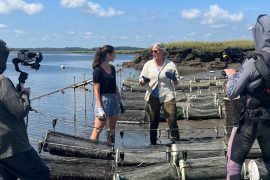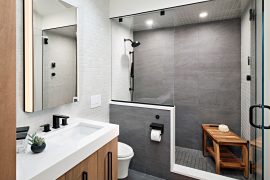A nonagenarian artist looks back at an eventful and creative life on the tip of Cape Cod.
By Lauren Wolk
There have been many pinnacles in the life of artist Salvatore Del Deo.
Tom’s Hill in Truro was an early one. In 1946, when Sal, at 17, reached the crest and gazed out over Provincetown for the first time, he said, “I’m going to live there.” And he never looked back.
“I chose this place because it was a working town,” he says. “A fishing town, and I felt that if I was going to do anything with my painting, it had to reflect what the working people do.”
Now, at 95, he sits in the kitchen of the rambling house he built with his own hands at the top of another Provincetown hill and talks about his art, his memories, and the Cape Cod town that has shaped him as much as he has shaped it.
While it’s true that he studied art formally—from the Rhode Island School of Design to the Vesper George School in Boston and the Art Students League in New York—Del Deo says that he “learned mostly by looking” at the world, at the work of other artists, and at himself.
“The artist is like a mirror. He reflects everything around him,” says Del Deo. “He or she absorbs all these images, all these sensations, and transposes them into the psyche, the inner core . . . and something comes out.“
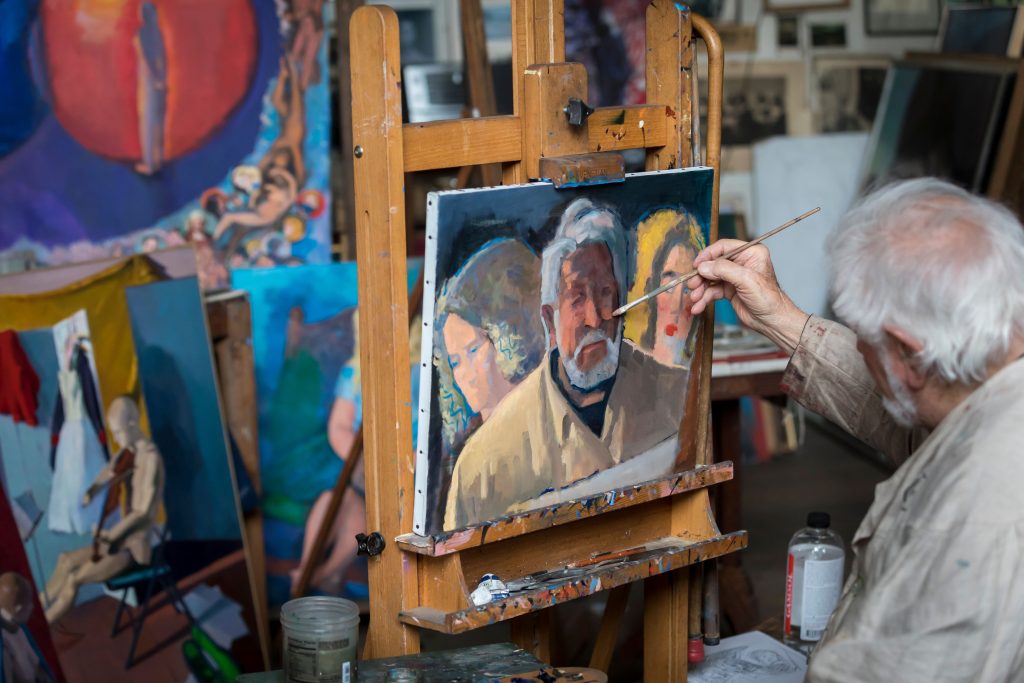
Much of what “comes out” when Del Deo paints has its roots in his relationships. “I was a cast-aside. I played hooky, I went to pool rooms, and then I got hit with a lightning bolt, metaphorically speaking, when I was 16, working in a factory in Providence, Rhode Island, and I said, ‘I can’t do this anymore,” says Del Deo. He felt that his lifestyle was thwarting him. “I can’t see the sun. This isn’t my life. I want to be outdoors and paint, “he recalled. “And then Henry Hensche (a notable American painter) gave a lecture at my school. And that started it.”
Del Deo became a student of Hensche’s in Provincetown, learning about art but also about himself. “Henry was very doctrinaire. You had to do what he said right down the line,” says Del Deo. “I was a free spirit, and he corralled me like a colt. That opposition was good for me.”
Hensche’s realistic brand of encouragement was even more significant to the young artist. Del Deo remembers one August night when Hensche urged him to look up at the stars. “‘See those stars up there?” he told me. “You should try to hit one. Chances are you won’t even get close, but when you fall, you’re going to fall in good company.”
In Provincetown, Del Deo soon found himself in the company of other artists who became ad hoc mentors. “I got a job at the Beachcombers Club,” he says. “All the senior members of the staff happened to be very good painters and writers, so every Saturday I would put my stuff out, and Edwin Dickinson or Karl Knaths or Ross Moffet would give me a critique. That was my university.”
And then came the relationship of a lifetime with the poet Josephine Couch, who passed away in 2016. “When I met her, I met my counterpart. We were kindred spirits. When I proposed to her on the steps of the Pilgrim Monument, I said, ‘Before you say yes, you should know that I want us to live here. I want to stay away from the limelight, the city, and the galleries, and concentrate on developing painting here.’ And she said, ‘That’s exactly the way I feel about my writing. I want to be away from the mainstream so that I can have my own thoughts.’”
They both pledged to give the town as much as they gained from it. “I told Josephine, ‘I would like to help this town. I want it to exist a hundred years from now as a place where young people like me can come and still have a chance to learn something from older people.’ And she said, ‘I feel the same way.’”
A few years later, they floated an idea to create an incubator where artists of all kinds could focus on their work. “We got the ear of Hudson Walker, who was the perennial patron of all the arts,” Del Deo remembers. “Huddie” provided the seed money for the project, town merchants chipped in, and the Fine Arts Work Center was born. It is now an internationally renowned institution and a gem in Provincetown’s cultural crown.
Del Deo has made many other contributions to Provincetown, including as a restaurateur, as well as becoming a father to a new generation of Del Deo artists; son, Romolo, and daughter, Giovanna. Ultimately, his vivid, evocative, and highly personal paintings are his greatest gifts to—and in celebration of—the town’s history and its people.
“I always felt I had a debt to pay because so many good things happened to me,” Del Deo says. “I’m still painting every day. My passion is my goal, as Henry James said. It’s my credo.” He is humbled and appreciative of several retrospective exhibitions of his work occurring this year in galleries and art centers in Provincetown, but he remains forward-focused too. “I still have hope of things for the future. I’m not cynical, and I’m not dejected. I think there’s something going on up there that we’ll finally get to. The omega.”
Until then, he continues to count Provincetown as perhaps the greatest hill in the landscape of his creative life. “To me, Provincetown is an ever-changing kaleidoscope, a changing scene, but I still feel the same way about this town as when I first came over that hill in 1946,” says Del Deo. “It is the Parnassus of painting,” he says. “This is the pinnacle.”
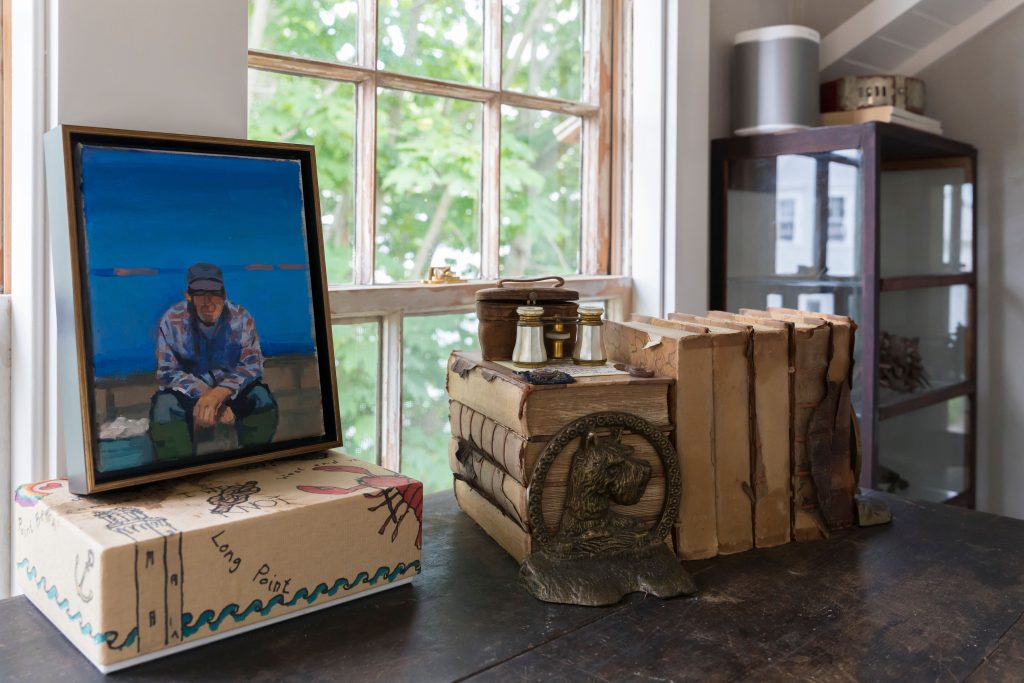
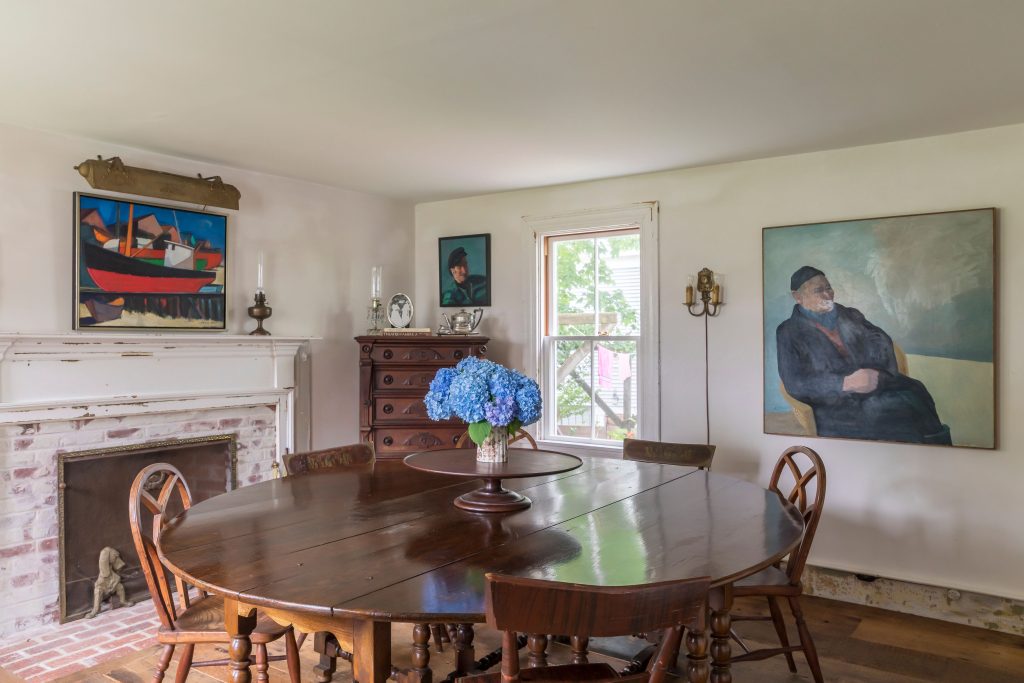
The documentary “Sal’s Way,” by Gleb Piryatinskiy, will premiere this summer and The Mary Heaton Vorse House in Provincetown will mount a portrait exhibit featuring Del Deo from June 28 to August 4. Later in the year the Provincetown Art Association and Museum will mount a “Director’s Choice” exhibit of Sal Del Deo’s work (September 29 through November 29, 2023.) The Vorse House will also exhibit Del Deo’s works on paper from October 19, 2023, to January 1, 2024.



